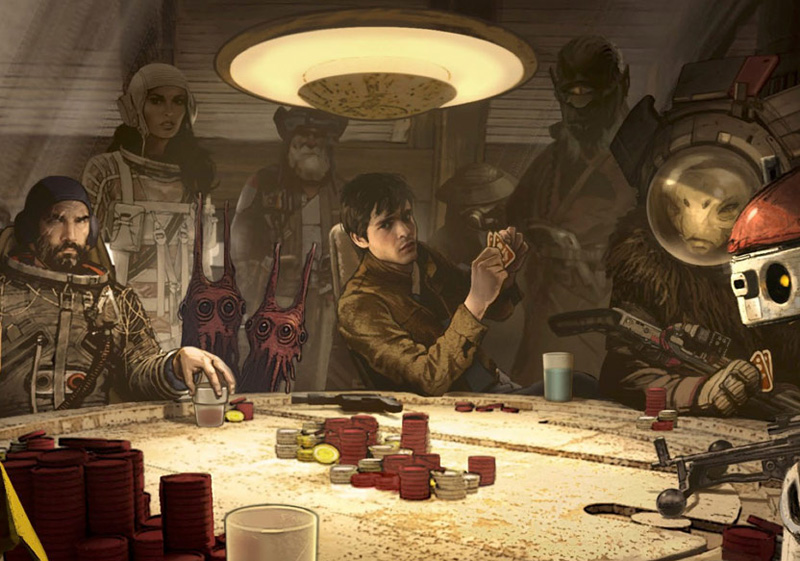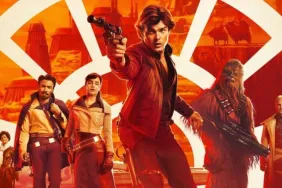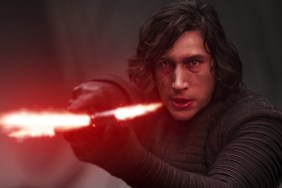Solo: A Star Wars Story production designer Neil Lamont gave an exclusive 1:1 interview to ComingSoon.net where he talked about the transition between Phil Lord &Christopher Miller and Ron Howard, as well as the most challenging sequence to design. Check out the full interview below!
RELATED: 12 Scrapped Ideas From Solo: A Star Wars Story
Lucasfilm’s Solo: A Star Wars Story is now available on Digital-HD and 4K Ultra HD, and is arriving on Blu-ray 4K Ultra HD, Blu-ray, DVD and On-Demand on September 25. Order your own copy of Solo: A Star Wars Story by clicking here!
Directed by Ron Howard, the fun-filled galactic heist movie stars Alden Ehrenreich, Woody Harrelson, Emilia Clarke, Donald Glover, Thandie Newton, Phoebe Waller-Bridge and Paul Bettany. Joonas Suotamo returns to play Chewbacca.
Written by Jonathan Kasdan & Lawrence Kasdan, Solo: A Star Wars Story is produced by Kathleen Kennedy, Allison Shearmur and Simon Emanuel. Lawrence Kasdan, Jason McGatlin, Phil Lord and Christopher Miller are executive producers.
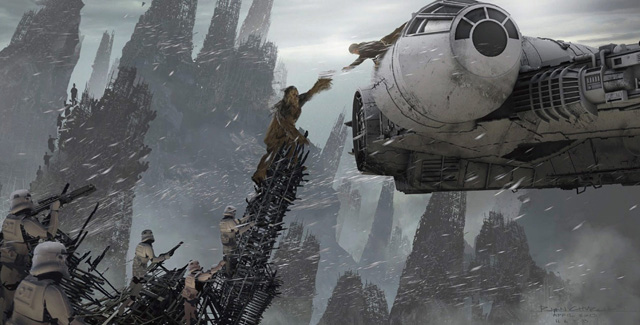
ComingSoon.net: What would you say was the most challenging sequence and why?
Neil Lamont: Most challenging sequence? There are so many of them, really, to be honest. I would’ve said Kessel, probably. Probably Kessel would’ve been the most difficult one, the actual planet and the mine of Kessel because everybody’s got such an idea in their heads of what a mine specifically looks like and the action that takes place in it. But then also, the final set of the refinery in the desert on Savareen. They all present their challenges because the refinery is built on a very remote part of a volcanic island that’s quite heavily projected. The company ends up being able to convince them that you wouldn’t damage it, and if anything, it would enhance the area. Looking back at Kessel, there’s logistic sort of—you’ve got Kessel, the Millennium Falcon was in Kessel. Then you’ve got to control them and you’ve got mine tunnels and you’ve actually then got coaxium. The complexity of that and the number of sets actually that fall within those environments, but initially it took us quite a long time to sort of come to this whole idea of a triangular tunnel, which was quite interesting and quite funky. I don’t ever think it was my favorite. It was a James Clyne idea, our lead concept from ILM, LucasFilm. He convinced me that it was the way to go and nobody would’ve seen it and we kept that whole motif, that triangular motif really for any excavation that you really saw within the Kessel environment.
CS: So much of the look and feel of the movie is reminiscent of revisionist westerns like “McCabe & Mrs. Miller” or “Unforgiven”. Were those some of the touchstones that you used?
Lamont: Definitely. “McCabe & Mrs. Miller” and that main set that they built up in the backlot, probably where the location was where they built that. But that was a massively inspiring set for us because that was our “High Noon” kind of feel. And our Savareen set is our “High Noon” ending, really, linking up that whole float up to the church at the top of the town kind of thing to have a showdown. And yeah, “McCabe & Mrs. Miller”, “Slow West”, what other films? It’s been so long since I thought about it. Forgive me. But yeah, we looked at “The Driver” for the chase scenes.
CS: Oh, the Walter Hill movie “The Driver”?
Lamont: Yeah. What’s the Kubrick film about World War I in the trenches with the French?
CS: “Paths of Glory”?
Lamont: “Paths of Glory.” We looked at that for inspiration for Mimban and our mud planets and our trench system and looked at in general World War I as well for that, too.
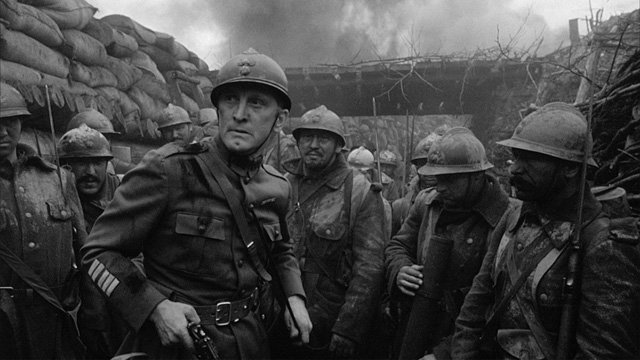
CS: Right. And what was interesting is Bradford Young’s photography is very beautiful, but it’s also very dark and frequently overcast and lit very dimly. Was there coordination with Bradford so that he could light the scenes with that style, but that the sets would still pop the way they needed to?
Lamont: Yeah, totally. We had a good working relationship with Bradford in the art department and with set decoration. We would always make sure that we had allowed plenty of scope for practical, interactive lighting, or make sure that we had say, for the interior, the Corellian spaceport have plenty of possibilities for some harsh lighting through some big lighting orifices. So yeah, we always spoke to Bradford. And of course, we had concept art that informs everybody of what we’re going to be doing. We produce and we go in through our design process like car models of the sets that everybody can stand around, we can sometimes partially light. We sometimes stand around in a bit of a slightly darkened room with some angled lamps around, a white car model, so we could push in the light where we think. Bradford will sometimes then come along on the scouts, ask us maybe to put an extra light here or there. And we will always make an attempt to deliver.
CS: What’s interesting to me about the final product was I’d seen movies before that had massive reshoots and it’s very easy to spot where the new material was. But on this one, the whole film felt consistent. It felt of a piece. How did you work with Ron to make sure that all the previous footage matched with his footage and that sort of thing?
Lamont: Yes. Of course, a large part of that does come down to Bradford and props and set and what they provide. But also, with Dryden’s study and Dryden’s party ship, we had to make sure that we were able to aid Howard to be able to get a more concentrated feel of life within those sets. So there wasn’t any re-design that went on, really, but we just made sure that we didn’t put too many barriers in the way. So yeah, we worked together always with Ron when he came in, and with Bradford.
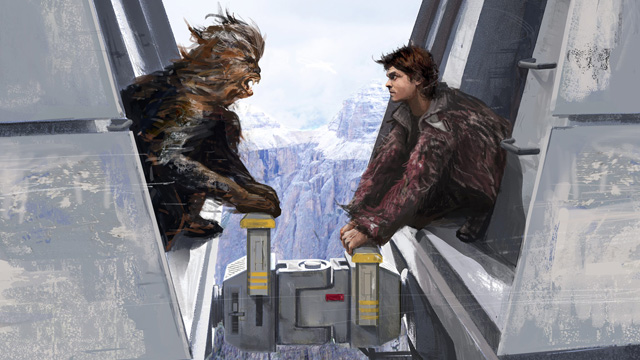
CS: It’s interesting reading “The Art of Solo”, which came out a few months ago, because they out both the names of the original directors and of Ron Howard. So it was difficult to tell whose was what. Were there any sequences that you did design that you were sad to see cut out of the film?
Lamont: I didn’t miss anything, but I’m trying to think what was missing. Was there anything missing? I don’t think there was anything necessarily missing that I can think of, I have to say. But no, I think it’s pretty much there as a whole. I don’t think between the changeover from Chris and Phil to Ron, not much really changed at all, actually.
CS: That’s interesting. It was hard to get a sense of that from reading the book, but I guess that sort of affirms that Ron inherited most of your prior designs.
Lamont: Yes. I think storytelling is probably where a large part of the difference comes from.
CS: Between your work on both “Rogue One” and “Solo”, what was your favorite overall sequence to design?
Lamont: On “Solo,” it would’ve been say Savareen, the refinery at the end in the desert. That was a favorite. I really enjoyed that, but on “Rogue One”, it’s definitely the linking of a studio. A back lot build in the studio and the Maldives in “Rogue One.” In that sequence, it’s probably got to be a good 15 minutes on screen and probably two minutes of that is shot in the Maldives, the rest is on a set that we built on a UK back lot.
Solo: A Star Wars Story
-
Solo: A Star Wars Story

-
Solo: A Star Wars Story blu-ray cover
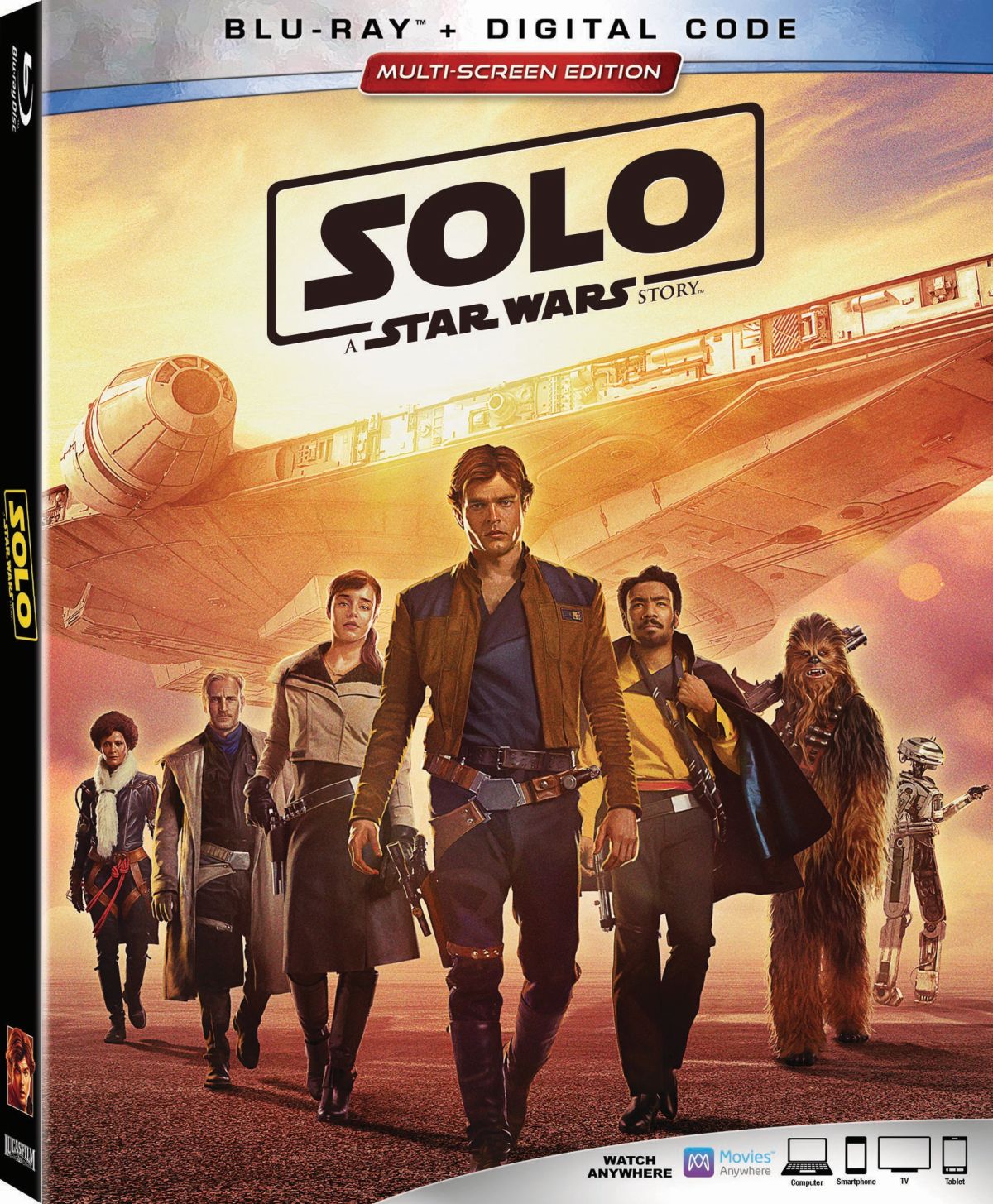
-
Solo: A Star Wars Story

-
Solo: A Star Wars Story

-
Solo: A Star Wars Story

-
Solo: A Star Wars Story

-
Solo: A Star Wars Story

-
Solo: A Star Wars Story

-
Solo: A Star Wars Story

Alden Ehrenreich is Han Solo in SOLO: A STAR WARS STORY.
-
Solo: A Star Wars Story

Emilia Clarke is Qi’ra in SOLO: A STAR WARS STORY.
-
Solo: A Star Wars Story

Alden Ehrenreich is Han Solo in SOLO: A STAR WARS STORY.
-
Solo: A Star Wars Story

Thandie Newton is Val, Woody Harrelson is Beckett and Alden Ehrenreich is Han Solo in SOLO: A STAR WARS STORY.
-
Solo: A Star Wars Story

Joonas Suotamo is Chewbacca in SOLO: A STAR WARS STORY.
-
Solo: A Star Wars Story

Donald Glover is Lando Calrissian in SOLO: A STAR WARS STORY.
-
Solo: A Star Wars Story

Phoebe Waller-Bridge is L3-37 in SOLO: A STAR WARS STORY.
-
Solo: A Star Wars Story

Alden Ehrenreich is Han Solo and Joonas Suotamo is Chewbacca in SOLO: A STAR WARS STORY.
-
Solo: A Star Wars Story

Paul Bettany is Dryden Vos in SOLO: A STAR WARS STORY
-
Solo: A Star Wars Story

Donald Glover is Lando Calrissian in SOLO: A STAR WARS STORY.
-
Solo: A Star Wars Story

Phoebe Waller-Bridge is L3-37 in SOLO: A STAR WARS STORY.
-
Solo: A Star Wars Story

Alden Ehrenreich is Han Solo in SOLO: A STAR WARS STORY.
-
Solo: A Star Wars Story

Alden Ehrenreich is Han Solo and Joonas Suotamo is Chewbacca in SOLO: A STAR WARS STORY.
-
Solo: A Star Wars Story

Alden Ehrenreich is Han Solo in SOLO: A STAR WARS STORY.
-
Solo: A Star Wars Story

Alden Ehrenreich is Han Solo and Joonas Suotamo is Chewbacca in SOLO: A STAR WARS STORY.
-
Solo: A Star Wars Story

Scene from SOLO: A STAR WARS STORY.
-
Solo: A Star Wars Story

The Millenium Falcon in SOLO: A STAR WARS STORY.
-
Solo: A Star Wars Story

The Millenium Falcon in SOLO: A STAR WARS STORY.
-
Solo: A Star Wars Story

Donald Glover is Lando Calrissian and Phoebe Waller-Bridge is L3-37 in SOLO: A STAR WARS STORY.
-
Solo: A Star Wars Story

Donald Glover is Lando Calrissian and Phoebe Waller-Bridge is L3-37 in SOLO: A STAR WARS STORY.
-
Solo: A Star Wars Story

The Millenium Falcon in SOLO: A STAR WARS STORY.
-
Solo: A Star Wars Story

Alden Ehrenreich is Han Solo, Donal Glover is Lando Calrissian and Phoebe Waller-Bridge is L3-37 in SOLO: A STAR WARS STORY.
-
Solo: A Star Wars Story

Phoebe Waller-Bridge is L3-37 in SOLO: A STAR WARS STORY.
-
Solo: A Star Wars Story

Paul Bettany is Dryden Vos in SOLO: A STAR WARS STORY.
-
Solo: A Star Wars Story

Emilia Clarke is Qi’ra and Alden Ehrenreich is Han Solo in SOLO: A STAR WARS STORY.
-
Solo: A Star Wars Story

Donald Glover is Lando Calrissian in SOLO: A STAR WARS STORY.
-
Solo: A Star Wars Story

Emilia Clarke is Qi’ra and Alden Ehrenreich is Han Solo in SOLO: A STAR WARS STORY.
-
Solo: A Star Wars Story
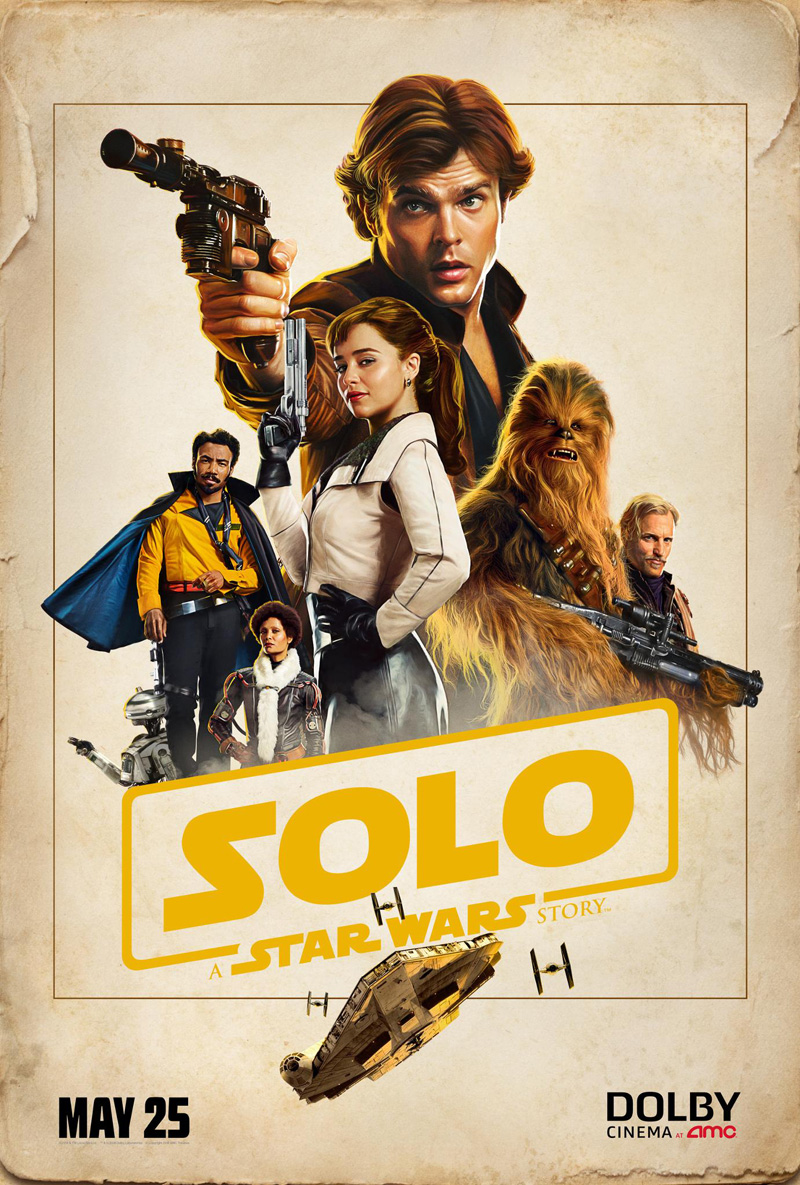
-
Solo: A Star Wars Story

-
Solo: A Star Wars Story

-
Solo: A Star Wars Story

-
Solo: A Star Wars Story

-
Solo: A Star Wars Story

-
Solo: A Star Wars Story
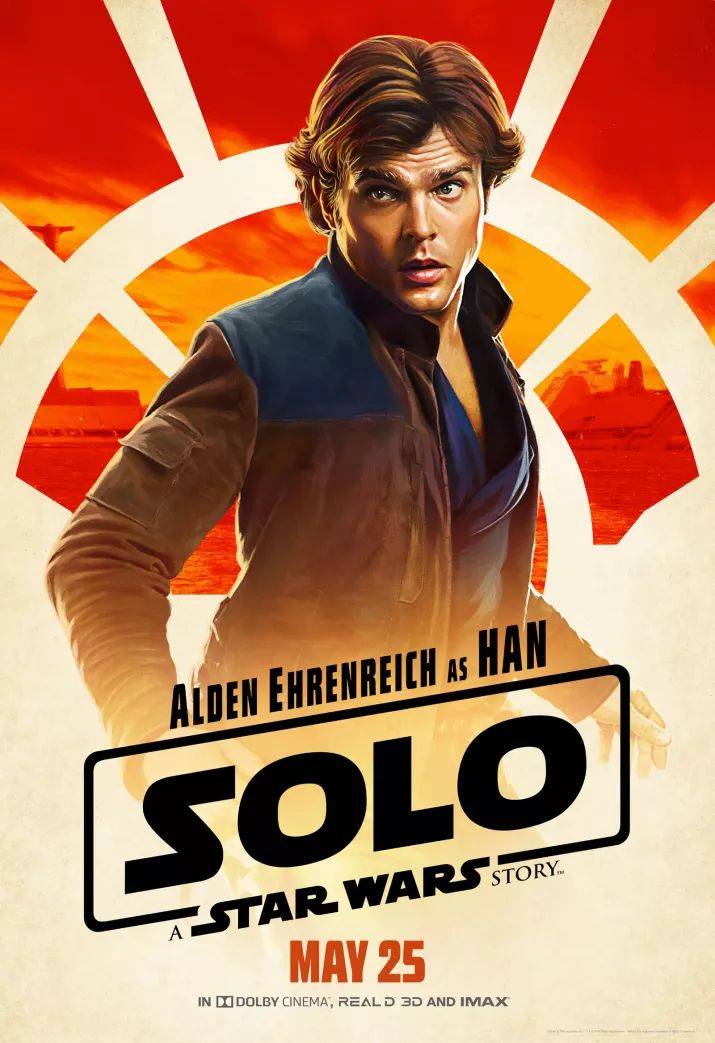
-
Solo: A Star Wars Story
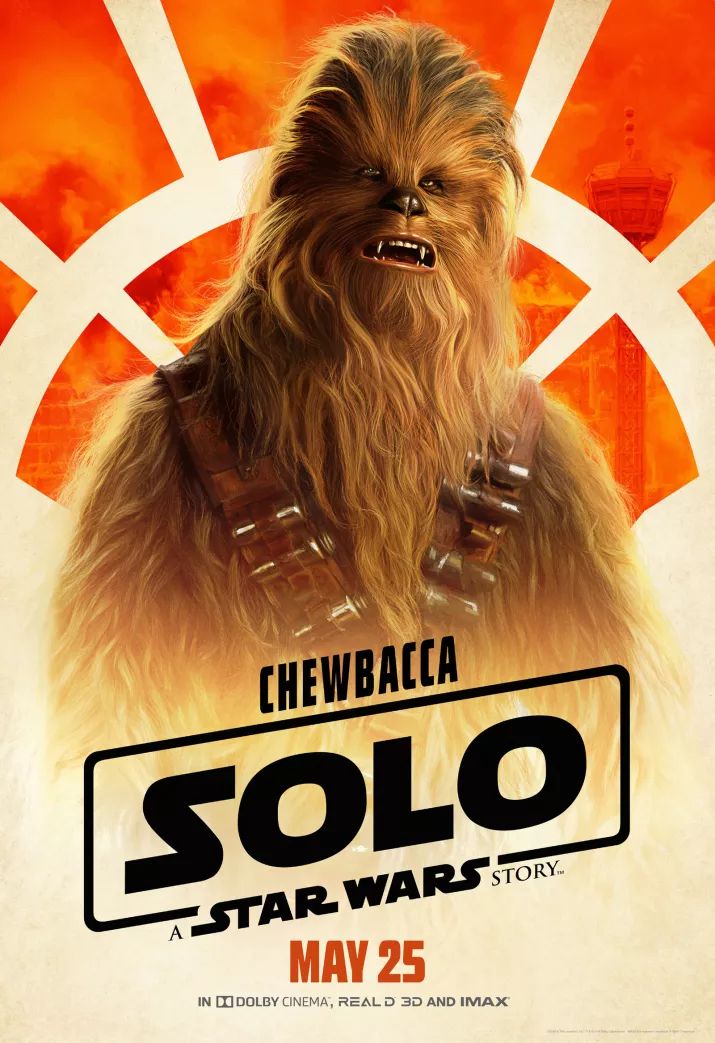
-
Solo: A Star Wars Story
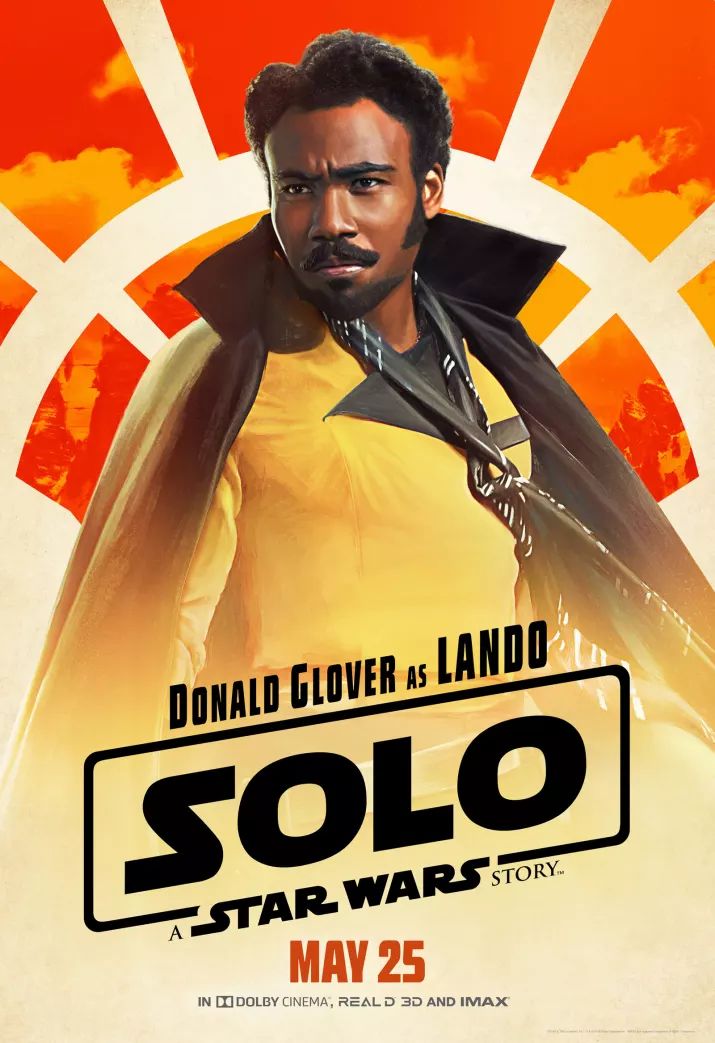
-
Solo: A Star Wars Story
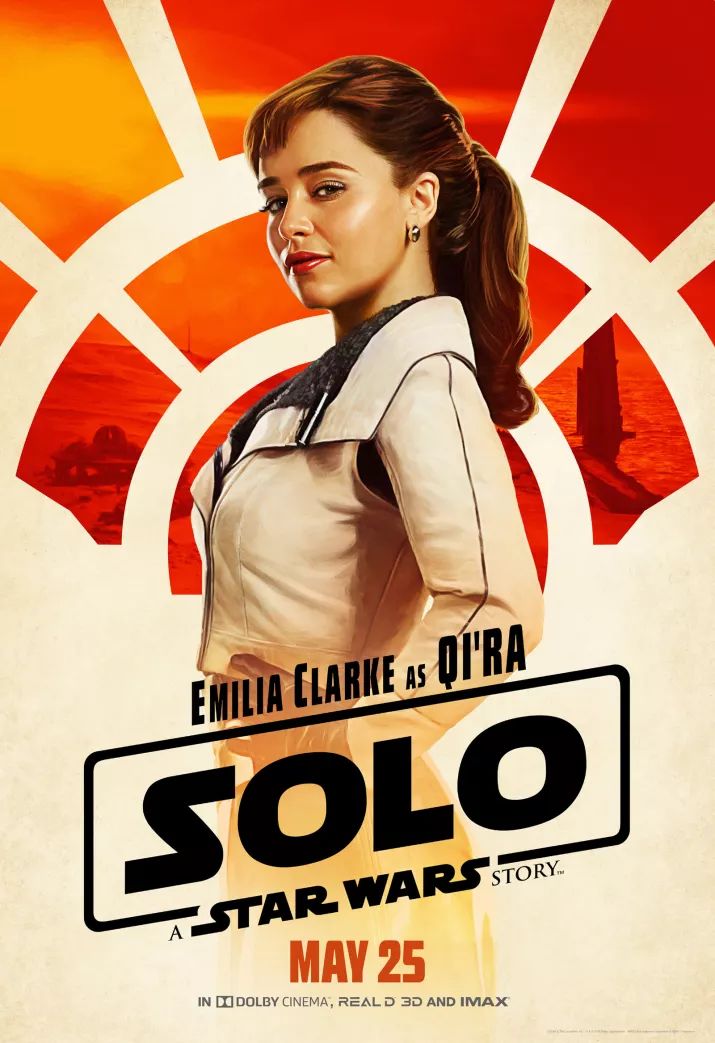
-
Solo: A Star Wars Story
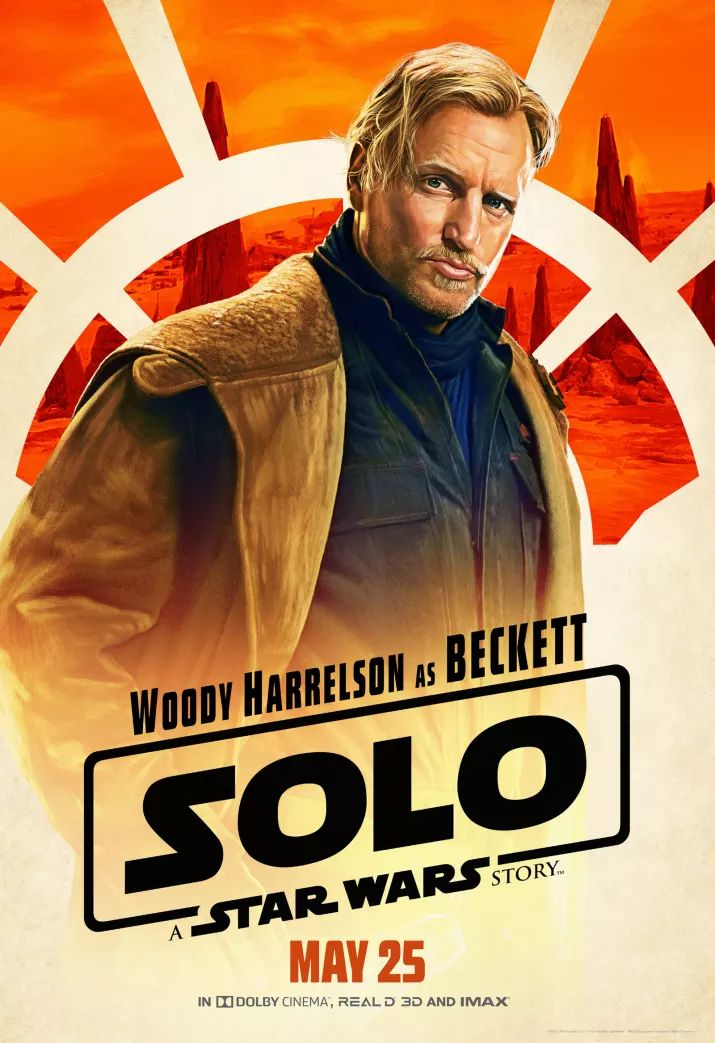
-
Solo: A Star Wars Story
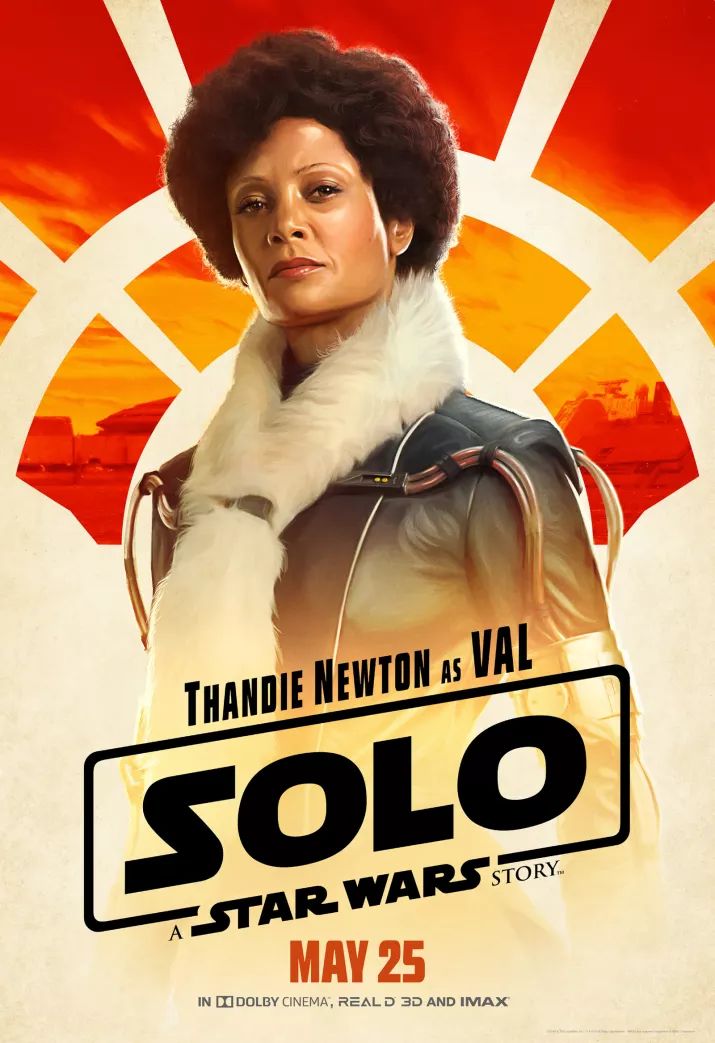
-
Solo: A Star Wars Story
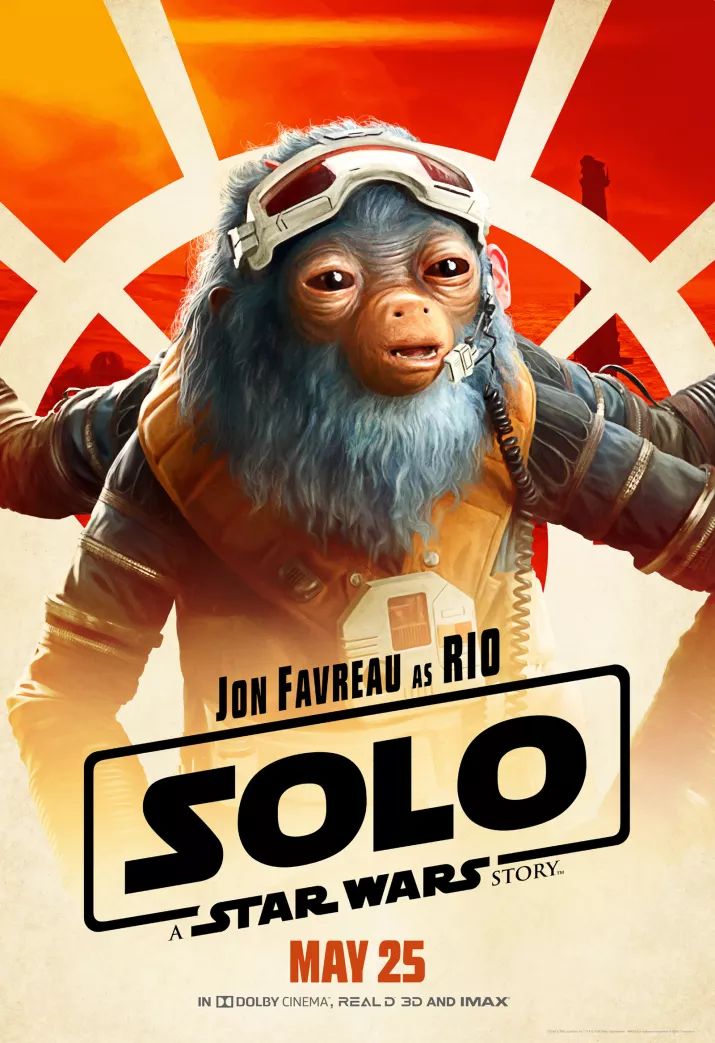
-
Solo: A Star Wars Story
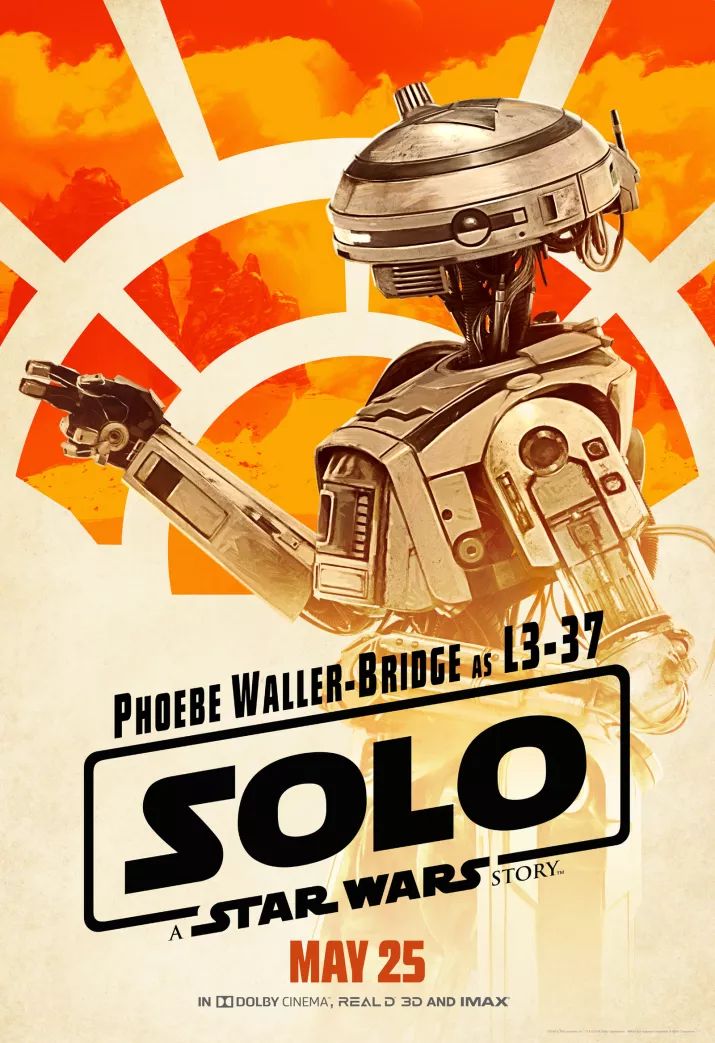
-
Solo: A Star Wars Story
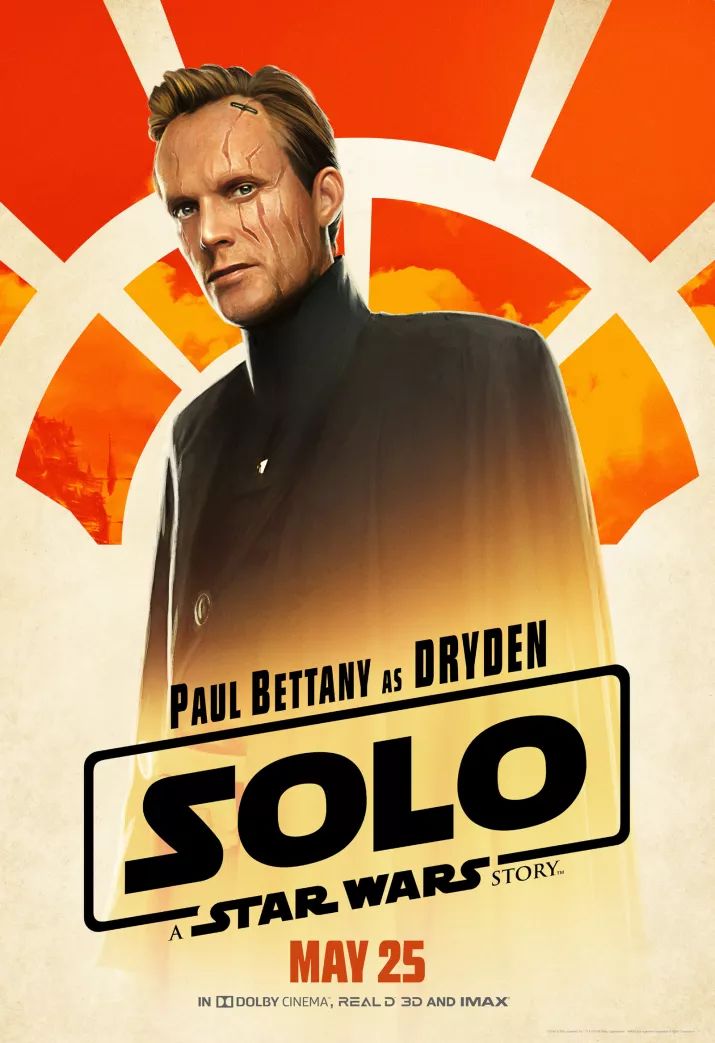
-
Solo: A Star Wars Story
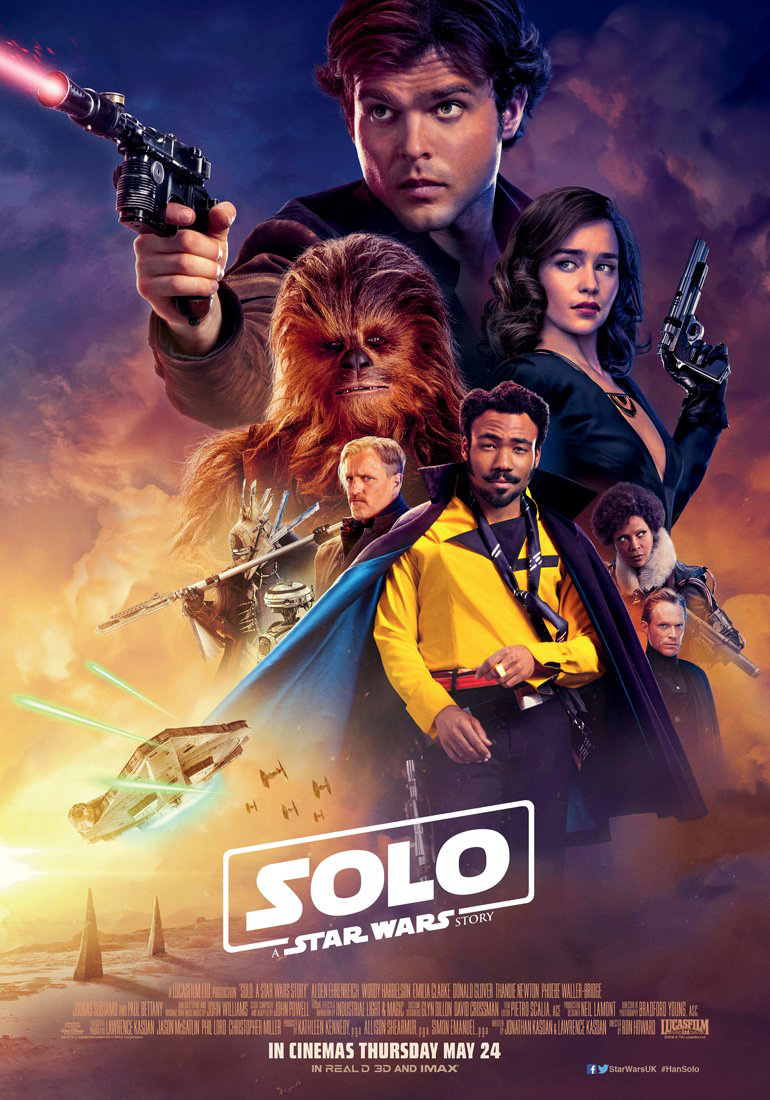
-
Solo: A Star Wars Story
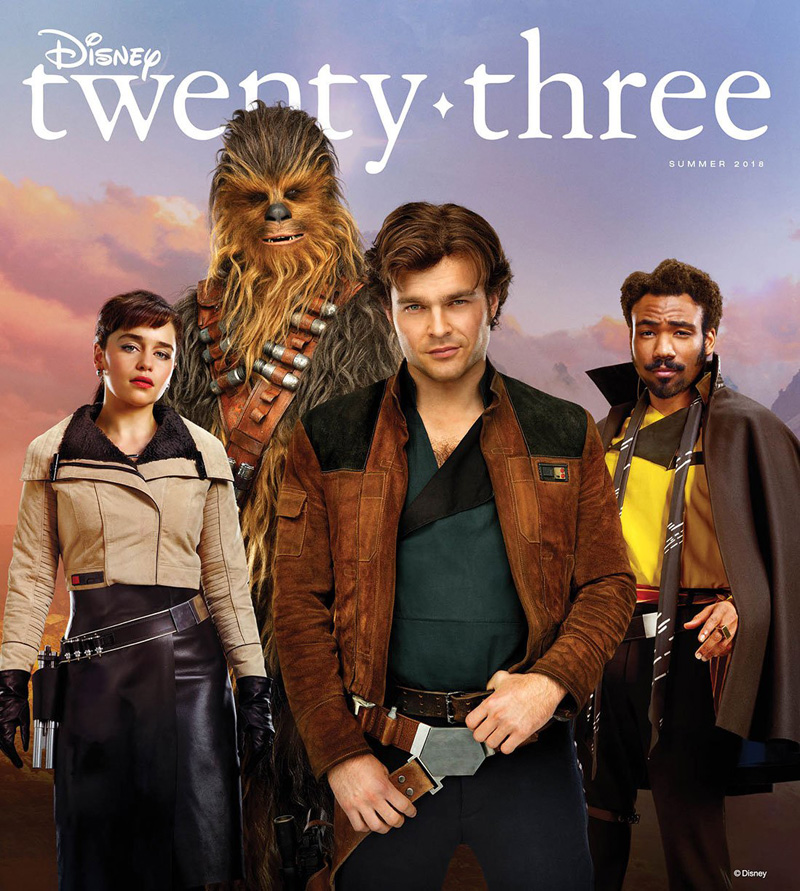
-
Solo: A Star Wars Story
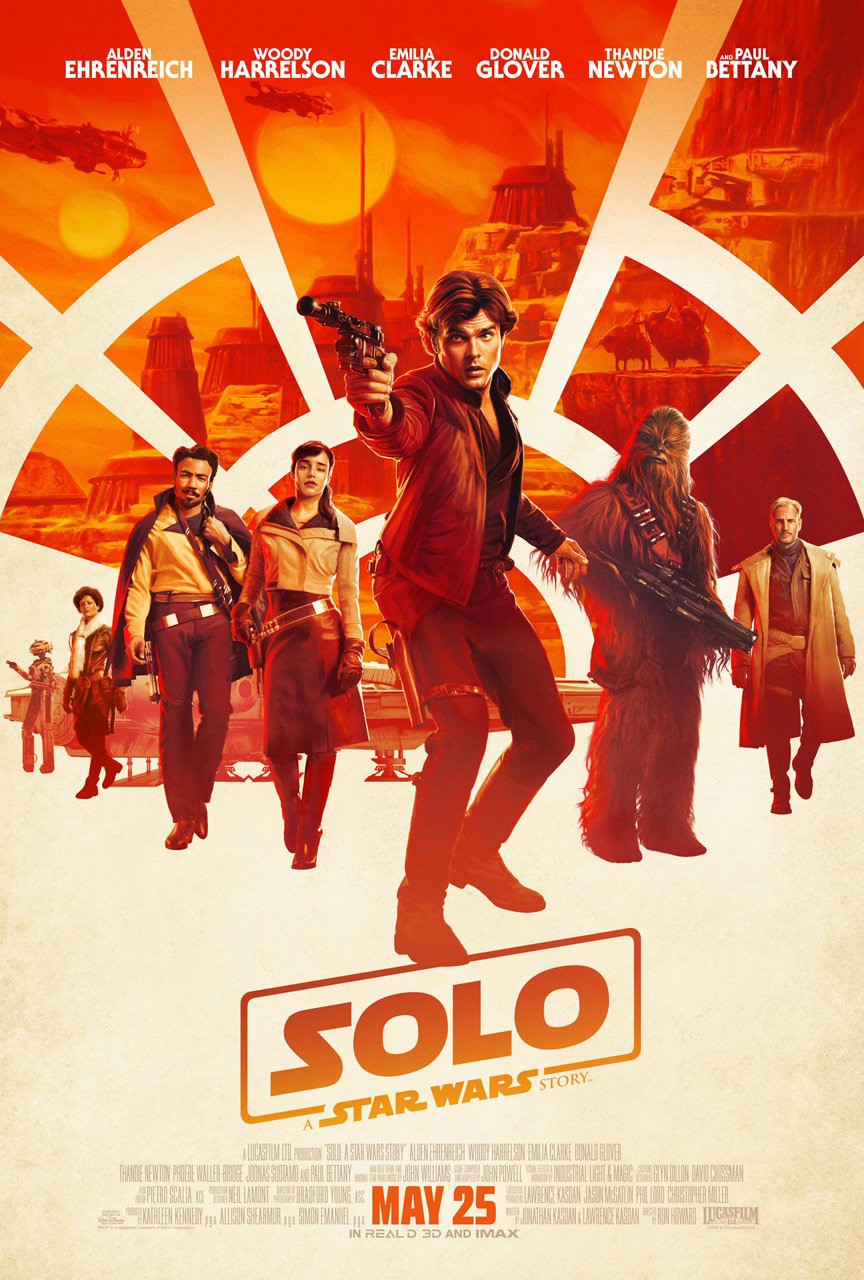
-
Solo: A Star Wars Story

-
Solo: A Star Wars Story

-
Solo: A Star Wars Story

-
Solo: A Star Wars Story

-
Solo: A Star Wars Story

-
Solo: A Star Wars Story

-
Solo: A Star Wars Story
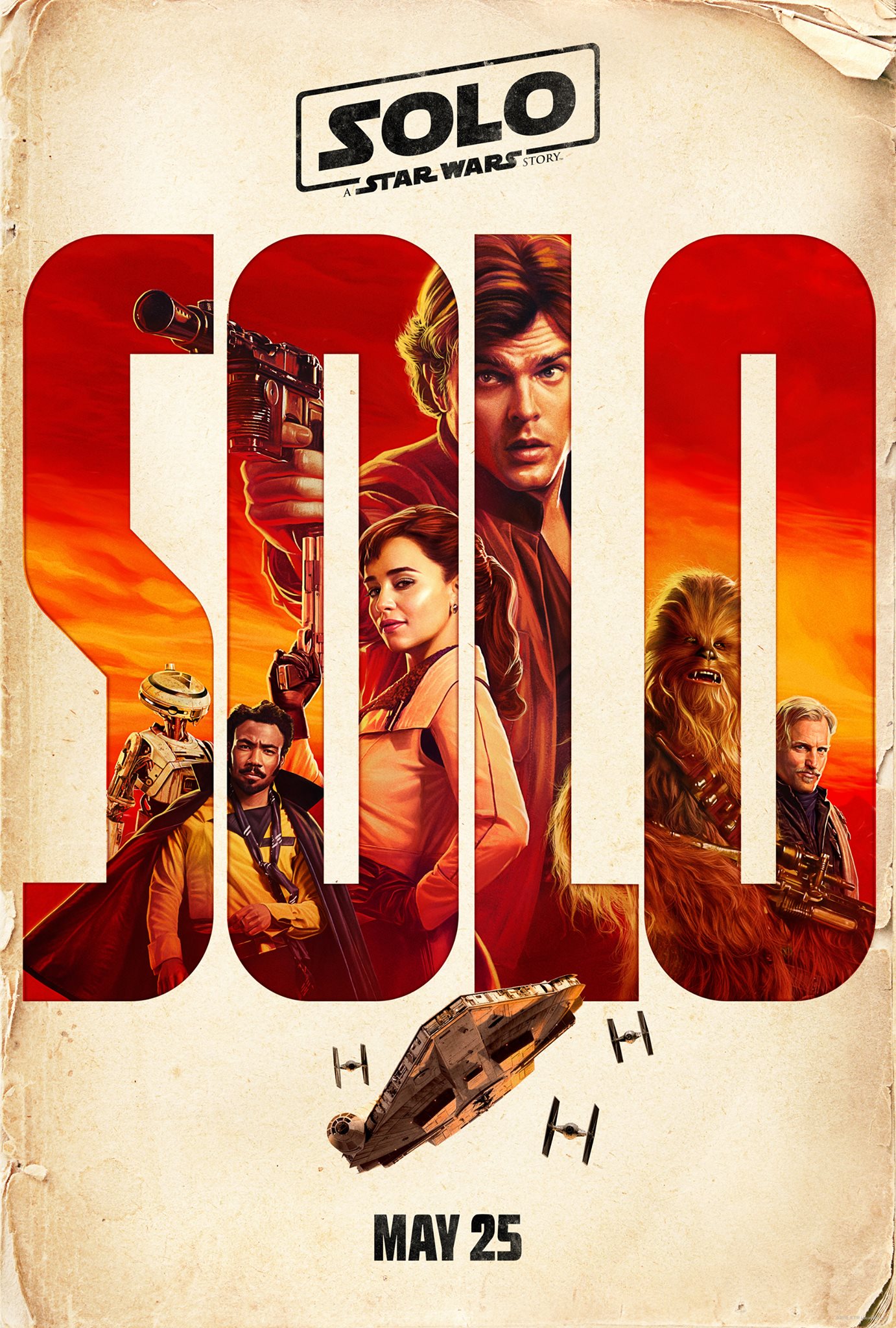
-
Solo: A Star Wars Story

-
Solo: A Star Wars Story

-
Solo: A Star Wars Story

-
Solo: A Star Wars Story

-
Solo: A Star Wars Story

-
Solo: A Star Wars Story

-
Solo: A Star Wars Story

-
Solo: A Star Wars Story

-
Solo: A Star Wars Story

Alden Ehrenreich is Han Solo in SOLO: A STAR WARS STORY.
-
Solo: A Star Wars Story

Alden Ehrenreich is Han Solo and Joonas Suotamo is Chewbacca in SOLO: A STAR WARS STORY.
-
Solo: A Star Wars Story

Emilia Clarke is Qi’ra and Phoebe Waller-Bridge is L3-37 in SOLO: A STAR WARS STORY.
-
Solo: A Star Wars Story

-
Solo: A Star Wars Story

-
Solo: A Star Wars Story

-
Solo: A Star Wars Story

-
Solo: A Star Wars Story

-
Solo: A Star Wars Story

-
Solo: A Star Wars Story

Donald Glover is Lando Calrissian in SOLO: A STAR WARS STORY.
-
Solo: A Star Wars Story

-
Solo: A Star Wars Story

Emilia Clarke is Qi’ra in SOLO: A STAR WARS STORY.
-
Solo: A Star Wars Story

The Conveyex in SOLO: A STAR WARS STORY.
-
Solo: A Star Wars Story

-
Solo: A Star Wars Story

-
Solo: A Star Wars Story

-
Solo: A Star Wars Story

-
Solo: A Star Wars Story

-
Solo: A Star Wars Story

-
Solo: A Star Wars Story

-
Solo: A Star Wars Story

-
Solo: A Star Wars Story

-
Solo: A Star Wars Story

-
Solo: A Star Wars Story

-
Solo: A Star Wars Story

-
Solo: A Star Wars Story

-
Solo: A Star Wars Story

-
Solo: A Star Wars Story

-
Solo: A Star Wars Story

